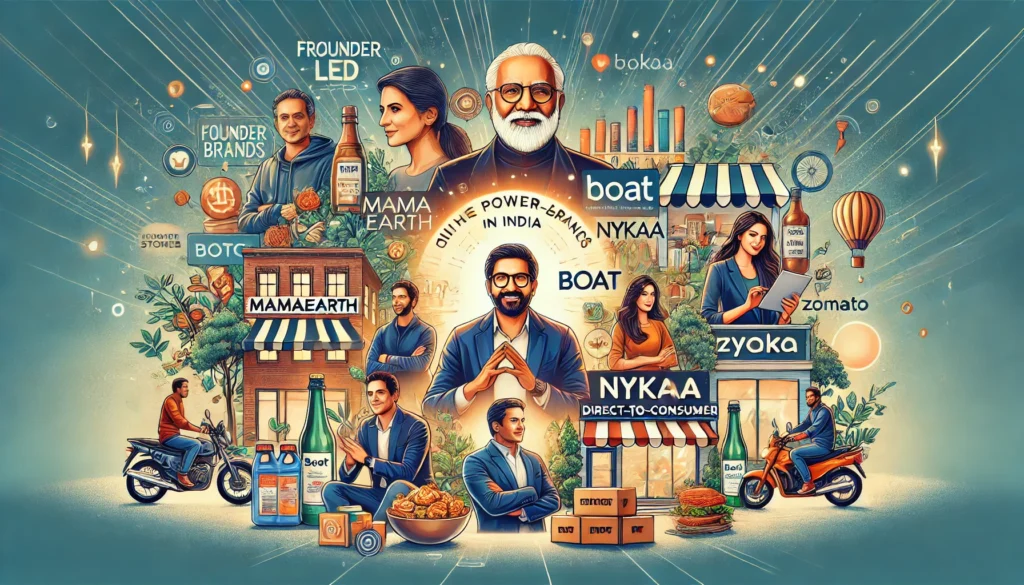Unforgotten Brands – The Times of India

The Times of India is the best-selling English-language daily newspaper in the world and the fourth-largest newspaper in India.
Its first issue was published in 1838, making it the second-oldest Indian newspaper that is still in print after the Indian Gazette. The “Old Lady of Bori Bunder,” as it is affectionately known,
History

The inaugural issue of TOI, then titled The Bombay Times and Journal of Commerce, was published on November 3, 1838. controlled by eleven British companies, two lawyers, and a doctor, catering to the commercial elite of Bombay. Raobahadur Narayan Dinanath Velkar, a social reformer from Maharashtra, oversaw the publication of the weekly on Wednesdays and Saturdays; it included coverage of events in Britain and throughout the globe as well as the Indian Subcontinent. The first editor, J. E. Brennan, passed away in 1839, and George Buist took up the role. In 1850, when he was editor, it became a daily. A Parsi stockholder named Fardoonji Naoroji urged George Buist to shift his pro-British editorial stance in light of the Indian Rebellion of 1857. Buist, though, would not budge from his position of editorial independence. Robert Knight took over the company after a shareholder meeting ousted him.
By acquiring the shares held by Indian investors and merging with the rival Bombay Standard in 1860, editor Robert Knight (1825–1892) established India’s first news agency. It became the Indian agent for the Reuters news agency and transmitted Times reports to newspapers throughout the nation. After purchasing the Bombay Times and Standard in 1861, he rebranded it as The Times of India. Knight brought the daily to national prominence by advocating for unrestrained journalism devoid of previous constraints or coercion from governments, commercial interests, and cultural spokespeople. In the 19th century, this journal employed more than 800 people and had a sizable following in both India and Europe.

Bennett and Coleman
Multiple owners came and went for TOI until English writer Thomas Jewell Bennett and American businessman Frank Morris Coleman bought it in 1892 under the auspices of their newly formed joint stock firm Bennett, Coleman & Co. Ltd. (BCCL)
By 1902, BCCL had established a presence at Bori Bunder, just across from the crowded Chhatrapati Shivaji Terminus. A ceiling fan failure in partner and editor T.J. Bennett’s office prompted the firm to relocate from its previous location in a Churchgate building to the location on Parsi Bazaar.
Dalmia
From 1907 to 1924, Sir Stanley Reed was the editor of TOI. During that time, he received letters from prominent Indians, including Mahatma Gandhi. He spent fifty years of his life in India. He was regarded as a credible authority on Indian issues in the United Kingdom.
After India gained its independence from Britain, the company Bennett Coleman & Co. Ltd. was sold to industrial family sugar mogul Ramkrishna Dalmia for INR 20 million in 1946. The Vivian Bose Commission of Inquiry concluded in 1955 that Ramkrishna Dalmia while serving as chairman of a bank and insurance business, had transferred funds in 1947 to enable the purchase of media behemoth Bennett Coleman & Co. After being found guilty of embezzlement and fraud in the ensuing court case, Ramkrishna Dalmia was given a two-year term at Tihar Jail.
He was able to spend most of his sentence in a hospital. After being released from prison, he attempted to reclaim control of Bennett, Coleman & Co. Ltd. from his son-in-law, Sahu Shanti Prasad Jain, whom he had asked to manage the business in his absence.
The Jains
Shanti Prasad Jain went to jail in the early 1960s for illegally trading newsprint. The Indian government filed a petition to remove the leadership of Bennett, Coleman, & Company based on the findings of the Vivian Bose Commission, which detailed the wrongdoings of the Dalmia-Jain group and contained specific allegations against Shanti Prasad Jain. The court ordered the government to take over the newspaper based on the arguments presented, and as a consequence, half of the board members were replaced and a judge from the Bombay High Court was appointed chairman.
On August 28, 1969, the Bombay High Court, presided over by Justice J. L. Nain, issued an interim order disbanding the current board of Bennett, Coleman & Co. and constituting a new board under the Government in response to the Vivian Bose Commission report detailing major wrongdoings on the part of the Dalmia-Jain group. After hearing arguments, the bench concluded, “Under these circumstances, the best thing would be to pass such orders on the assumption that the allegations made by the petitioners that the affairs of the company were being conducted in a manner prejudicial to the public interest and the interests of the Company are correct.” After that directive, Shanti Prasad Jain stepped down from his director position, The court ordered the government to take over the newspaper based on the arguments presented, and as a consequence, half of the board members were replaced and D. K. Kunte was the new board chairman by court order. Besides being a member of the Lok Sabha opposition, Kunte lacked any commercial expertise.
The newspaper was returned to Sahu Shanti Prasad Jain’s son and Ramkrishna Dalmia’s grandson, Ashok Kumar Jain, in 1976, during the Emergency in India. Samir Jain and Vineet Jain, the current proprietors, are his sons. When Ashok Kumar Jain was being aggressively pursued by the Enforcement Directorate in 1998 for alleged violations of illegal transfer of funds (to the tune of US$1.25 million) to an overseas account in Switzerland, he had no choice but to flee the country.
Presently
In addition to its flagship Mumbai edition, The Times of India is published in such major Indian cities as Agra, Ahmedabad, Allahabad, Aurangabad, Bareilly, Bangalore, Belgaum, Bhopal, Bhubaneswar, Coimbatore, Chandigarh, Chennai, Dehradun, Delhi, Gorakhpur, Gurgaon, Guwahati, Gwalior, Hubli, Hyderabad, Indore, Jabalpur, Jaipur, Jammu
Reference
https://en.wikipedia.org/wiki/The_Times_of_India
https://www.britannica.com/topic/The-Times-of-India
https://www.firstversions.com/2016/11/the-times-of-india.html



